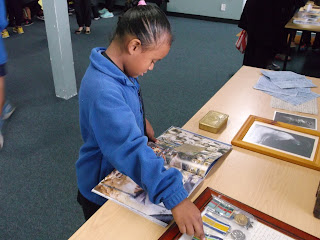In our class we are going to make Trench Cake At the moment we are learning that children make special trench cake to mark First World War centenary… using vinegar but no eggs
- IN ROOM 1 IN OUR CLASS Children will bake cake that was sent to soldiers on the front line
- THIS WILL: Encouraged to dedicate creations to those who fought in the war
- TO BE: Part of nationwide plans to commemorate the war
- IN ROOM 1 WE HAVE BEEN LEARNING
The cakes were made without eggs and with vinegar - the currants,sugar and coco meant that they were far from unappealing . They were quite delicious.They were tasty compared to the Army rations that the men were eating.
Their bland wartime diet, usually a combination of tinned bully beef and hardtack biscuits - made from flour, salt and water - meant that the men often suffered from digestive stomach problems.
'Constipation was a bit of a problem,' said Dr Duffett. 'Their miserable diet was lacking in fruits and vitamins. And the fruit cake helped.'
Crucially for morale,to help give the soldiers some happy moments the cakes gave the soldiers an emotional boost, she said.
'They were a taste of what the men had left behind.
'Being in a distant and horrible place and eating something familiar connected them with home. It gave them a reminder of what they wanted to return to.'
THE REAL GREAT BRITISH BAKE OFF: HOW TO MAKE A TRENCH CAKE
Ingredients
- 225g/8oz. plain flour
- 2 teaspoons cocoa
- 110g/4oz. margarine
- 1/2 teaspoon baking soda
- 1 teaspoon vinegar
- 1/4 pint of milk
- 75g/3oz. brown sugar
- 75g/3oz. cleaned currants
- Nutmeg
- Grated lemon rind
- Ginger
Method
Grease a cake tin. Rub margarine into the flour in a basin. Add the dry ingredients. Mix well. Add the soda dissolved in vinegar and milk. Beat well. Turn into the tin. Bake in a moderate oven for about two hours.
Trench cake which was part of the care packages were not only sent from family members, but also by anonymous strangers - including schoolchildren.
School children made these yummy fruit cakes to send to the soldiers.
First World War exhibitions are also on display across the country, remembering local heroes who gave their lives.
Communities are encouraged to organise concerts for local bands to play songs that were written to spur men into enlisting, as well as those that celebrated the soldiers coming home.



























